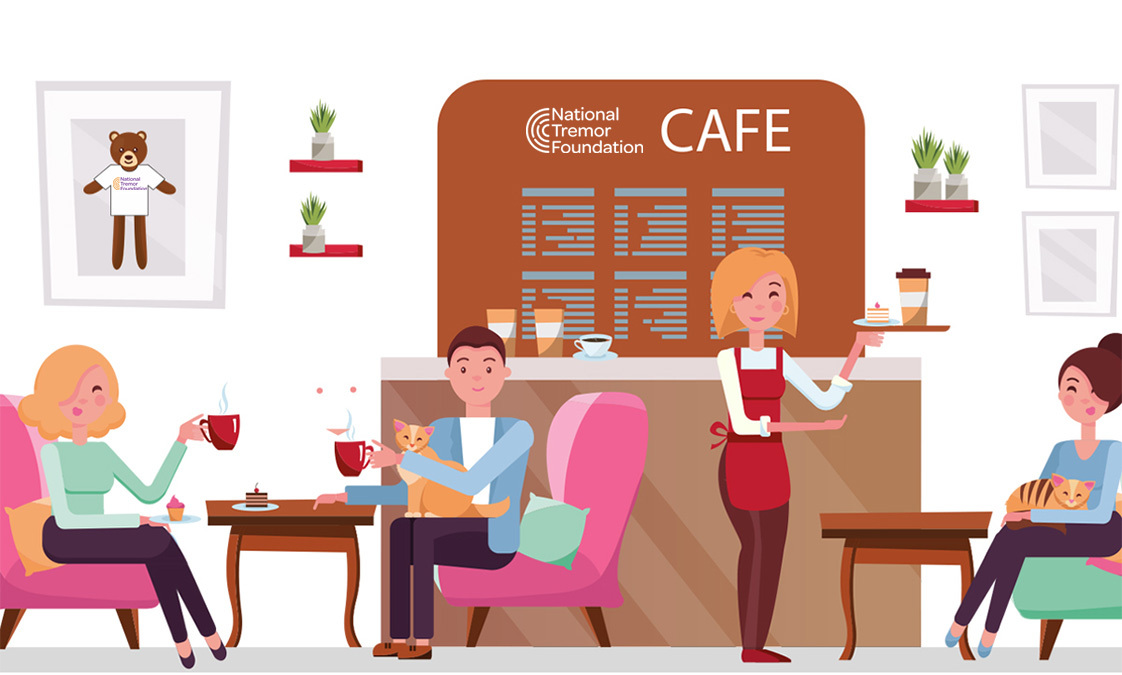
Essential Tremor
Essential Tremor
Essential Tremor is considered one of the most common neurological movement disorders and is estimated to be eight to 10 times more prevalent than Parkinson's disease. People exhibit a rhythmic trembling of the hands, head, legs, trunk and/or voice. It can afflict persons of any age, gender and race and in the vast majority of all cases it is inherited. While more commonly noticed in older individuals, essential tremor can begin as early as birth.
Symptoms of tremor
Essential tremor is considered the most common neurologic movement disorder, and is 8–10 times more prevalent than Parkinson's disease.
Essential tremor is a chronic condition characterised by involuntary, rhythmic tremor of a body part, most typically the hands and arms.
Essential tremor is considered a slow progressive disorder and, in some people, may eventually involve the head, voice, tongue (with associated dysarthria), legs, and trunk.
However, in many people, the disorder may be relatively non-progressive. The tremor may be mild throughout life.
Identifying tremor
Tremor may be most visible when people maintain a fixed position. In some patients, the tremor may worsen upon performance tasks. People most often describe this feeling as a general "shakiness" or a vibrating sensation in the body.
Hand tremor may cause difficulties with writing, drinking fluids from a glass or cup, eating, sewing, applying makeup, shaving, or dressing.
In individuals with essential tremor, the next most frequently affected area of the body is the head, followed by the voice, tongue, legs, or trunk. These tremors may occur in isolation or along with tremor of the hands or arms. People find that tremors usually disappear during sleep.
Psychological and social effects of essential tremor
The psychosocial effects of essential tremor may be embarrassing and debilitating. Essential tremor may eventually affect the patient's ability to perform certain work-related tasks; interfere with activities of daily living; or lead to withdrawal from social activities and interactions due to embarrassment. For some people with essential tremor, other symptoms may also be present such as unsteady, uncoordinated walking.
Diagnosing tremor
To be diagnosed with tremor it is best to see a doctor, who understands tremor, or a neurologist.
There are a number of ways in which tremor can be diagnosed:
- The diagnosis will typically begin with the person’s medical history being taken.
- The doctor will be looking not only for offending drugs (drugs prescribed for other medical conditions which can cause tremor as a side effect).
- The doctor will also ask about the family history.
- While the diagnosis of essential tremor remains a visual one, Brain scans Magnetic Resonance Imaging (MRI) and Computerised Tomography (CT) may be helpful in eliminating any other conditions which also produce tremor as a symptom.
- Blood samples may also be taken to rule out thyroid or copper metabolism problems.
- DATScan a diagnostic test can distinguish between essential tremor and tremors of Parkinson's disease.












